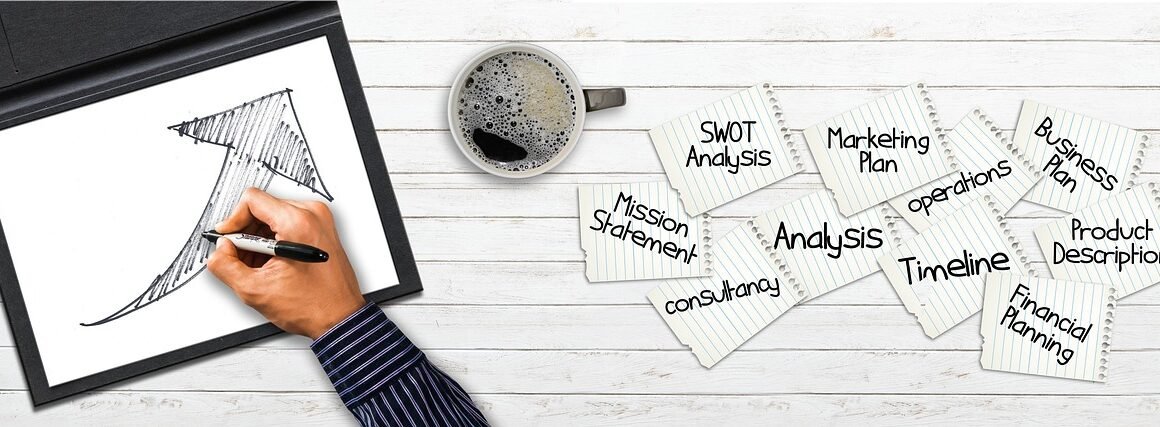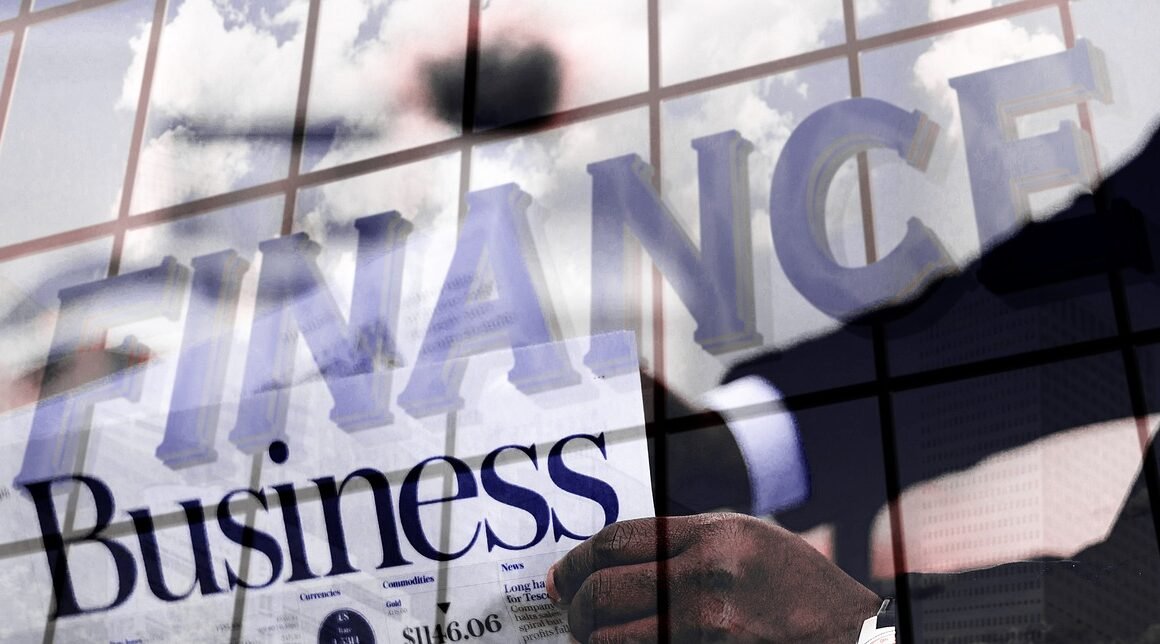Life is unpredictable. One moment everything may be going smoothly, and the next, an unexpected expense arises. Whether it’s a medical emergency, job loss, or car repair, having an emergency fund can provide a financial safety net that offers peace of mind. In this blog post, we will explore the importance of an emergency fund, how to build one, and practical strategies for maintaining it. By the end, you will understand why establishing an emergency fund should be a priority in your financial planning.
The Importance of an Emergency Fund
Many people overlook the necessity of having an emergency fund until they find themselves in difficult situations. An emergency fund serves as a financial buffer that can prevent the need for high-interest debt or financial distress when unexpected expenses arise.
What is an Emergency Fund?
An emergency fund is a dedicated savings account that is set aside for unforeseen circumstances. It’s not meant for day-to-day expenses or planned vacations. Instead, it is designed to cover:
- Medical emergencies
- Car repairs
- Job loss or reduction in income
- Unexpected home repairs
Benefits of Having an Emergency Fund
Establishing an emergency fund offers numerous advantages:
- Peace of Mind: Knowing you have savings to fall back on can reduce anxiety during tough times.
- Financial Independence: Avoid reliance on credit cards or loans, which can lead to a cycle of debt.
- Flexibility: An emergency fund allows you to make decisions without the added pressure of financial constraints.
- Improved Financial Health: Contributing regularly to an emergency fund promotes better savings habits.
How Much Should You Save?
The amount needed for an emergency fund varies based on individual circumstances and spending habits. However, there are general guidelines to help you determine the right target.
Establishing Your Savings Goal
- Assess Your Monthly Expenses: Calculate your monthly spending, including rent, utilities, groceries, and other necessities.
- Set a Minimum Target: A common recommendation is to save three to six months’ worth of expenses.
- Consider Your Personal Situation: Evaluate factors like job stability and other sources of income. A freelancer might need a larger fund due to variable income.
For example, if your monthly expenses total $3,000, aim to save between $9,000 and $18,000 for your emergency fund. This amount will cover three to six months of expenses.
Where to Keep Your Emergency Fund
Choosing the right account to store your emergency fund is crucial for maintaining its accessibility and purpose. Here’s what to consider:
Best Accounts for an Emergency Fund
- High-Yield Savings Accounts: These accounts typically offer higher interest rates than traditional savings accounts, helping your savings grow.
- Money Market Accounts: These accounts provide easy access to funds while offering competitive interest rates.
- Certificates of Deposit (CDs): While they offer higher returns, ensure you choose short-term CDs to maintain liquidity.
Factors to Consider
- Accessibility: Choose an account that allows you to withdraw funds quickly and without penalty.
- Interest Rates: Opt for an account with a good interest rate to maximize your savings.
- Fees: Be aware of any monthly fees that could cut into your savings.
Building Your Emergency Fund
Creating an emergency fund requires discipline and planning. Here are actionable steps to help you build and maintain your fund:
Practical Steps to Save
- Set a Budget: Allocate a specific percentage of your income to your emergency fund each month.
- Automate Savings: Set up automatic transfers from your checking account to your emergency fund account.
- Cut Unnecessary Expenses: Identify non-essential spending and redirect those funds toward your savings.
- Use Windfalls: Consider adding bonuses, tax refunds, or gifts directly into your emergency fund.
Regular Review and Adjustment
It’s essential to monitor your emergency fund regularly:
- Reassess your financial situation annually to adjust your savings goals.
- Update your fund as your expenses change, such as moving to a new apartment.
Conclusion
In conclusion, an emergency fund is a cornerstone of financial wellness that safeguards you from unexpected expenses. By understanding the importance of an emergency fund, determining an appropriate savings goal, and establishing a dedicated account for your savings, you can build a financial buffer that provides peace of mind. Start taking actionable steps today to create and grow your emergency fund, ensuring you are prepared for whatever life throws your way. Remember, financial security is an ongoing journey that requires commitment and discipline, but with an emergency fund, you are one step closer to achieving peace of mind.




